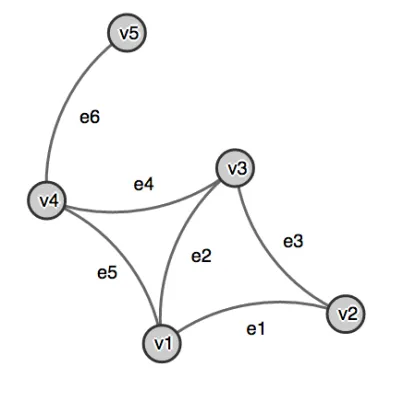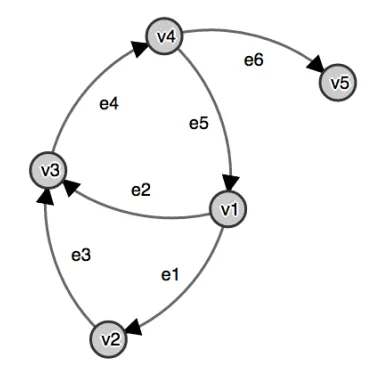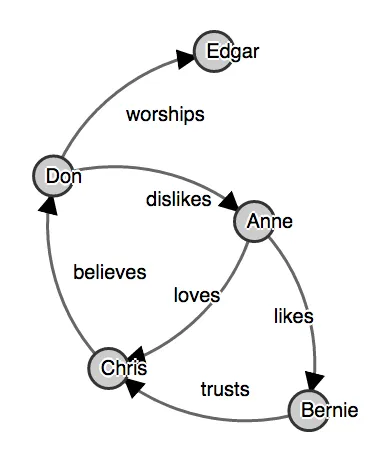
- 323 pages
- English
- ePUB (mobile friendly)
- Available on iOS & Android
Mastering Machine Learning with Spark 2.x
About This Book
Unlock the complexities of machine learning algorithms in Spark to generate useful data insights through this data analysis tutorialAbout This Book• Process and analyze big data in a distributed and scalable way• Write sophisticated Spark pipelines that incorporate elaborate extraction• Build and use regression models to predict flight delays Who This Book Is ForAre you a developer with a background in machine learning and statistics who is feeling limited by the current slow and "small data" machine learning tools? Then this is the book for you! In this book, you will create scalable machine learning applications to power a modern data-driven business using Spark. We assume that you already know the machine learning concepts and algorithms and have Spark up and running (whether on a cluster or locally) and have a basic knowledge of the various libraries contained in Spark.What You Will Learn• Use Spark streams to cluster tweets online• Run the PageRank algorithm to compute user influence• Perform complex manipulation of DataFrames using Spark• Define Spark pipelines to compose individual data transformations• Utilize generated models for off-line/on-line prediction• Transfer the learning from an ensemble to a simpler Neural Network• Understand basic graph properties and important graph operations• Use GraphFrames, an extension of DataFrames to graphs, to study graphs using an elegant query language• Use K-means algorithm to cluster movie reviews datasetIn DetailThe purpose of machine learning is to build systems that learn from data. Being able to understand trends and patterns in complex data is critical to success; it is one of the key strategies to unlock growth in the challenging contemporary marketplace today. With the meteoric rise of machine learning, developers are now keen on finding out how can they make their Spark applications smarter.This book gives you access to transform data into actionable knowledge. The book commences by defining machine learning primitives by the MLlib and H2O libraries. You will learn how to use Binary classification to detect the Higgs Boson particle in the huge amount of data produced by CERN particle collider and classify daily health activities using ensemble Methods for Multi-Class Classification.Next, you will solve a typical regression problem involving flight delay predictions and write sophisticated Spark pipelines. You will analyze Twitter data with help of the doc2vec algorithm and K-means clustering. Finally, you will build different pattern mining models using MLlib, perform complex manipulation of DataFrames using Spark and Spark SQL, and deploy your app in a Spark streaming environment.Style and approachThis book takes a practical approach to help you get to grips with using Spark for analytics and to implement machine learning algorithms. We'll teach you about advanced applications of machine learning through illustrative examples. These examples will equip you to harness the potential of machine learning, through Spark, in a variety of enterprise-grade systems.
Frequently asked questions
Information
Graph Analytics with GraphX
- Basic graph properties and important graph operations
- How GraphX represents property graphs and how to work with them
- Loading graph data in various ways and generating synthetic graph data to experiment with
- Essential graph properties by using GraphX’s core engine
- Visualizing graphs with an open source tool called Gephi
- Implementing efficient graph-parallel algorithms using two of GraphX’s key APIs.
- Using GraphFrames, an extension of DataFrames to graphs, and studying graphs using an elegant query language
- Running important graph algorithms available in GraphX on a social graph, consisting of retweets and a graph of actors appearing in movies together
Basic graph theory
Graphs

Directed and undirected graphs

Order and degree

Directed acyclic graphs
Table of contents
- Title Page
- Copyright
- Credits
- About the Authors
- About the Reviewer
- www.PacktPub.com
- Customer Feedback
- Preface
- Introduction to Large-Scale Machine Learning and Spark
- Detecting Dark Matter - The Higgs-Boson Particle
- Ensemble Methods for Multi-Class Classification
- Predicting Movie Reviews Using NLP and Spark Streaming
- Word2vec for Prediction and Clustering
- Extracting Patterns from Clickstream Data
- Graph Analytics with GraphX
- Lending Club Loan Prediction